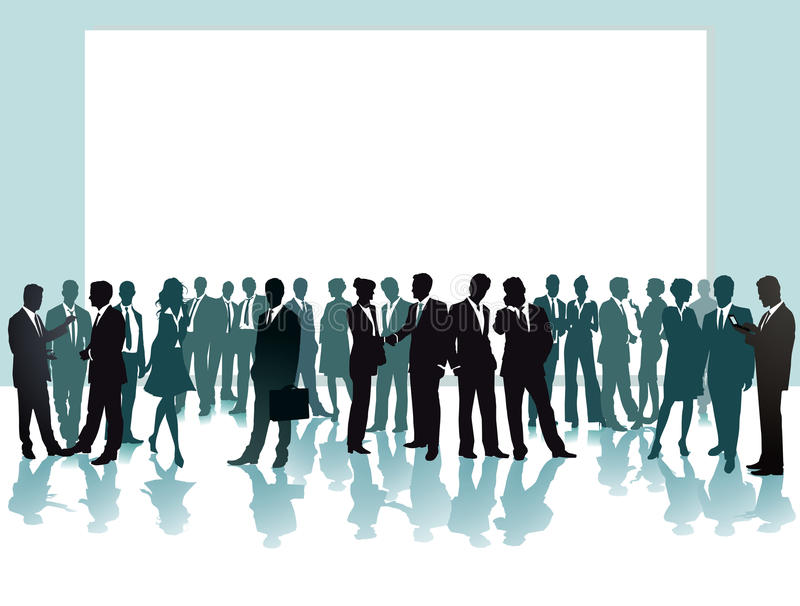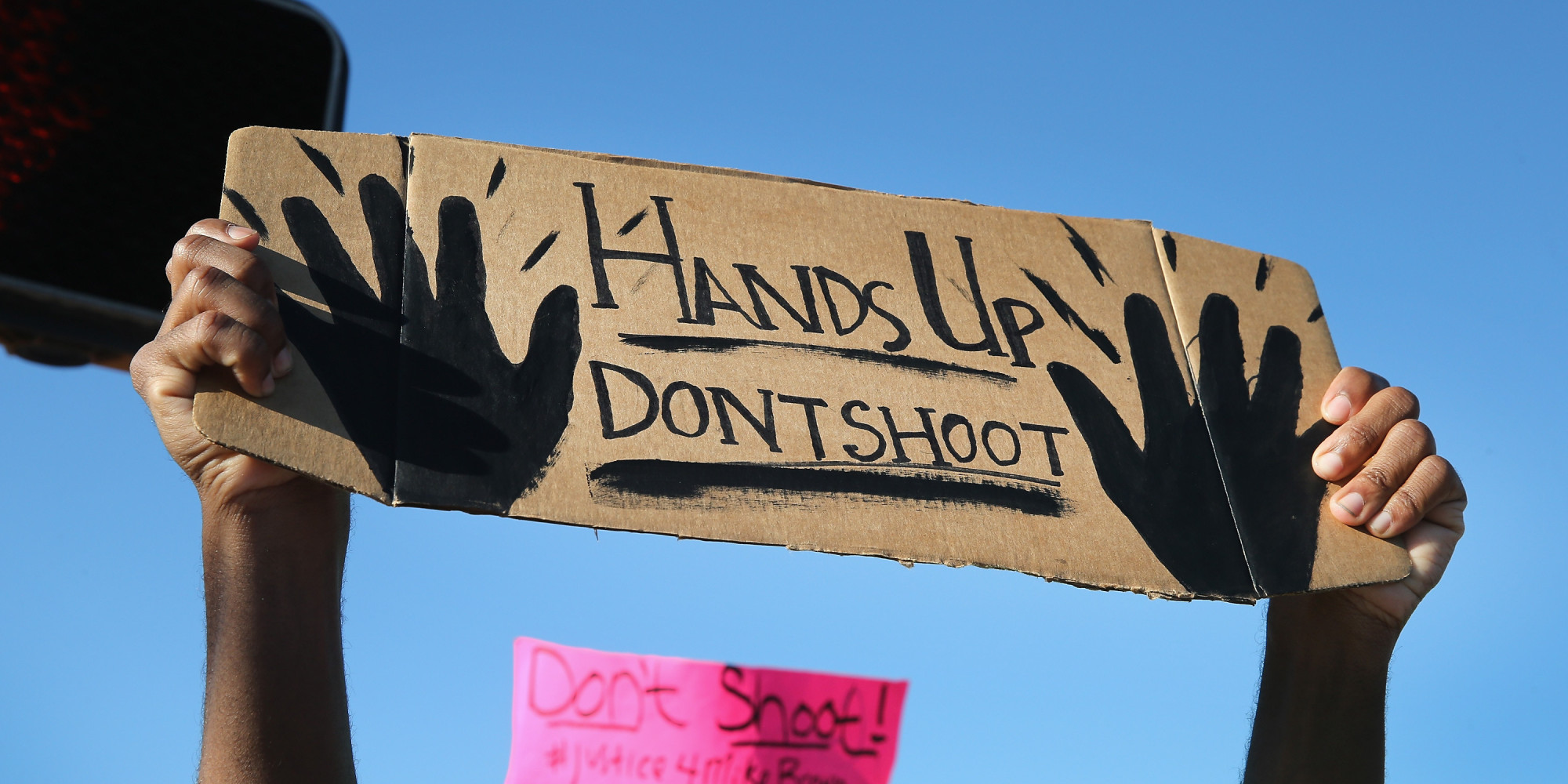Credibility is the validity expressed by a communicator that is interpreted by the receiver. In other words, credibility measures the amount of truth that the communicator has in any given circumstance. Credibility can be measured in many different ways. According to Persuasion: Social Influence, there are four main attributes that an organization or individual needs to have to sustain credibility. The first, “credibility is a receiver based construct.” This theory states that credibility exists in the eyes of the beholders. What this notion means is that there is a need for perceivers in order to judge whether or not the source is even credible. This theory closely follows the “Ying and Yang” theory, in that the perceiver and the communicator go hand in hand. One does not exist without the other.
The second attribute states that credibility is a multidimensional construct; this theory emphasizes that there are multiple ways for a communicator to build their credibility. It’s not just one thing they have said or done that determines if they’re credible or not. They are like a chocolate cake with different layers. All of the layers together make up a delicious cake, if you take away a layer; it is no longer a chocolate cake anymore, rather a piece of it. For example, Tide detergent is a credible laundry detergent because of many different reasons. They smell nice, they do a lot of charity work, they have a lot of financial backing, and they have been around for a long time. Their credibility has multiple levels just like a chocolate cake.
Thirdly, credibility is a situational and contextual phenomenon. This theory states that people have different perceptions and opinions of what makes a person credible. This notion is very simple to interpret. Everyone sees the world through different eyes, and in a different light. Everyone has different beliefs and values. This fact also influences people’s beliefs on what makes a communicator credible. For example, someone might think a rapper is credible because of what he says in his rap lyrics, or how he dresses; someone else might look at him and see the individual as unreliable, or not credible. This reasoning may come from many different factors; if, for example, a person is more of a country fan rather than a rap fan.
Finally, Credibility is dynamic. This theory states that a person’s perception of people’s credibility can change at any given time. Someone may seem more credible to someone then they were before. This could depend on many different factors. Maybe the communicator said something that matched up with the perceiver’s beliefs, or maybe a perceiver changed their beliefs. Credibility can change in the blink of an eye. This is because people change very rapidly. For example, a football team may not seem credible to someone. Maybe they don’t like a certain player on that specific team, or they were taught to not find them worthy of credibility however, one day the team can acquire their favorite player and suddenly they become their favorite team.
The Halo effect is the measurement of credibility. The effect states that a person’s credibility is judged by someone’s overall impression. This theory is often thought of as a cognitive bias. This theory’s basic concept is that “What’s beautiful equals good”. We as a society tend to link attractiveness with smartness and credibility. When we see a beautiful actor, we automatically assume that they are a good person, who has excellent morals. This belief system is obviously not true because looks do not tell us about a person’s morals or credibility. Although this theory roots in untruths, everybody unknowingly practices it. Studies have shown that salespeople who are deemed as more attractive have higher sales than people who are deemed unattractive. This notion also is attributed to the theory that credibility is a receiver based construct, by the fact that perceivers have to be present in order to judge credible communicators, although their judgments are unjust, they still perceive.
Expertise is also a factor in judging credibility. Many times a consumer’s judgment on what makes a person an expert is skewed. A communicator may manipulate their identity to create the illusion that they are more credible, or the perceiver might perceive certain attributes of the communicator to be more credible. For example, Donald Trump is the king of manipulating his credibility. He has a persuasive nature about him that no other candidate has. He knows how to be perceived as more credible than other candidates, even when he may or may not be in reality. That being said, perceivers also deem him more credible because of his notable name, and elaborate business endeavors. They see the Trump name and associate that with the brand, along with his wealth and automatically associate him with a credible respectable entity. In reality, those notions don’t really factor into whether or not he is a reputable candidate for the presidency. Donald Trump is also a great example of how the “ Halo effect” works. Some people find him credible because of attributes that are unrelated to the field of the presidency, such as money, fame and social backing rather than policy and experience. That is not to say that Donald Trump does not have the policies to be president; however, the reason why he is leading the polls is because he is a great manipulator of credibility rather than a great reputable source. This has been conceived by the reasoning for his credibility accustomed by voters.
Other secondary dimensions of credibility such as dynamism or extroversion, state that credibility is characteristic of a person who is enthusiastic and animated. We see the truth in this theory because, naturally, we tend to attract people who are more upbeat and earnest rather than the people who are dull and lethargic. A great example of this would be sports. Fans are more attracted to players who make emphatic dunks and dribbling moves rather than players who just trot up and down the court while playing the game in a fundamentally boring way. This attribute also goes along with composure. People are attracted to composure because it conveys an aura of confidence. People find people with confidence and couth to have greater credibility because they have the illusion of knowledge and experience. People are not going to find a timid and hesitant communicator to be credible because they portray the illusion that they are uncertain and ultimately do not know what they are talking about. This doesn’t necessarily mean that the communicator knows what they are talking about yet; they need to portray an illusion that they do. This also is represented in the notion of expertise. A communicator needs to fit the illusions that they are credible, even if they are not. A perceiver looks for certain attractions and attributes that are represented in the “halo” effect that deem the receiver more credible. Among many other factors, they look for attributes often associated with sociability, which is characterized by a communicator’s friendliness, which is also represented in the “Halo” effect. A perceiver is not going to be attracted to someone who is not friendly or likable.
Once a perceiver adopts all of these theories, other perceivers will pick up on it, and automatically believe that the communicator is credible. The best example for this yet also very controversial is religion. People automatically find a religious group credible because it is found credible by the masses. If many people find a source credible, then chances are that more people are going to find it credible as well. They are conforming to a preconceived notion, not because they have evaluated the subject, yet have conformed to others beliefs, without even realizing it. Religion is the Prime example in my opinion on how easy it is to persuade human beings. Also, it is indicative of the fact that humans rarely have original thoughts anymore. To bring it into the simplest of contexts, the conformity and relationship between the communicator and the perceiver are that of when the theories mentioned above are put into action, it starts a cognitive firestorm that cannot be stopped. People are beginning to find credibility in sources without looking at specific facts yet for seemingly unrelated reasons. People are naturally very easy to manipulate and convince, from buying products, to political candidates. If the communicator knows how to manipulate the perceiver then, they automatically have made themselves look credible.



